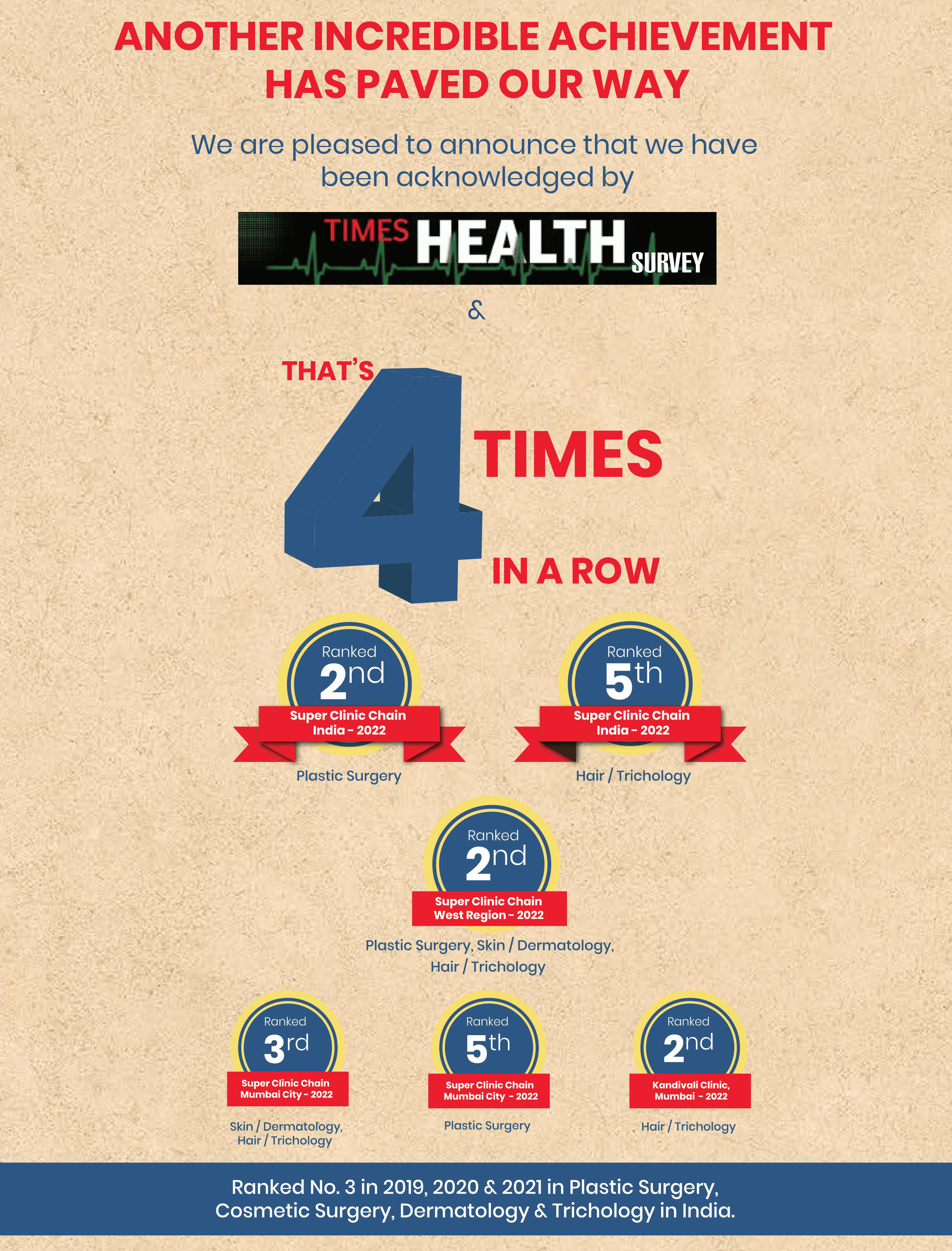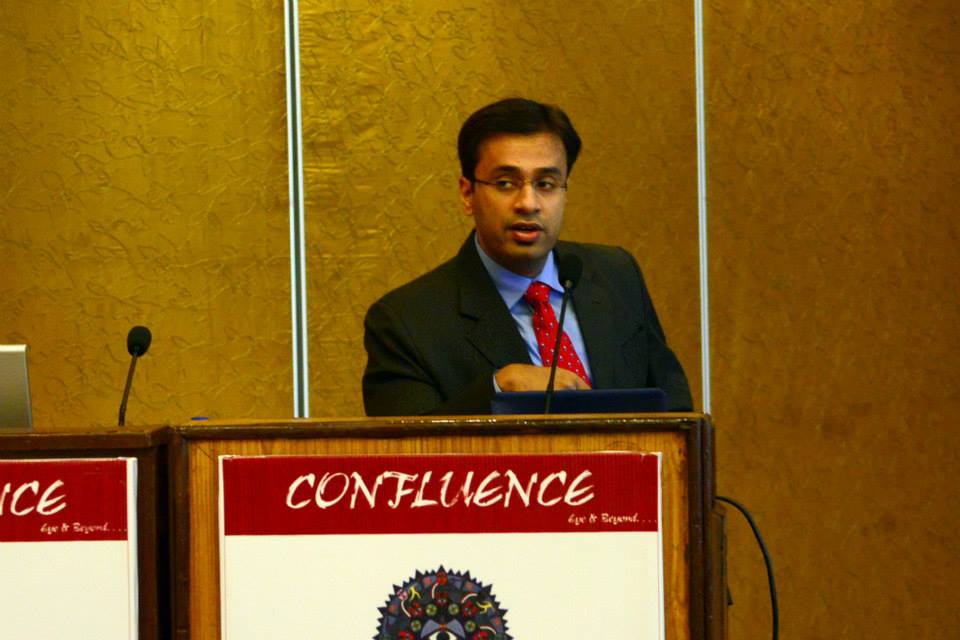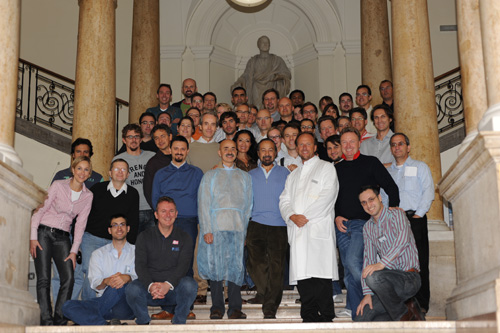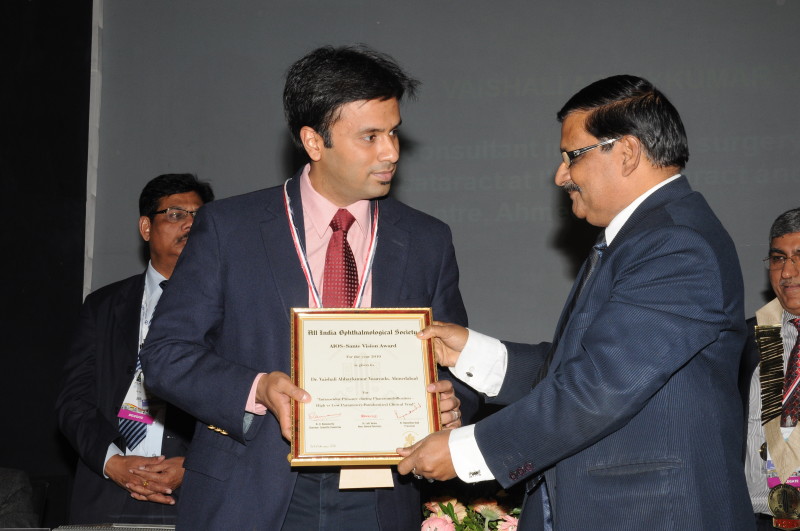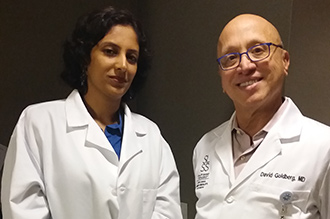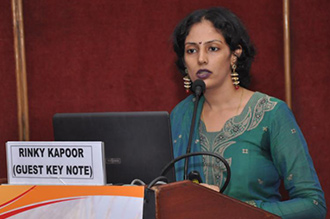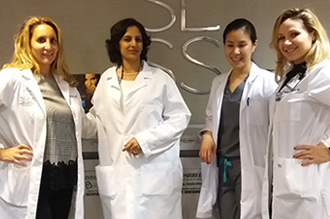Eyelid tumours are outgrowths on the skin of the eyelid, and they can be malignant (cancerous) or benign (noncancerous) – the eyelid is the most frequented site for benign tumour, by the way. Papilloma, keratoacanthoma and nevus are typical examples of benign tumours.
However, eyelid cancers entail sebaceous carcinoma, basal cell carcinoma, and squamous cell carcinoma. The basal cell carcinoma type of eyelid cancer is known to be slow-growing and does not spread to distant sites, while the other two (types) are quite aggressive and will sometimes spread to the lymph nodes and other areas of the body. The lower eyelid is usually the more commonly affected of the two (eyelids). Some of the symptoms that arise with eyelid cancers include smooth, pearly, or waxy bump, loss of eyelashes, nonhealing sores, etc. The risk of developing eyelid cancer is increased by predisposing factors such as increasing age, history of sunburn, exposure to ultraviolet radiation, precancerous skin condition, fair/light skin, and past skin cancer.
Eyelid cancers are normally diagnosed using diagnostic examinations like computed axial tomography (CAT)/computed tomography (CT), positron emission tomography (PET), or magnetic resonance imaging (MRI), and lymph node biopsy. Eyelid cancers have been treated with radiation therapy, chemotherapy, and surgical procedures – which may involve the use of Mohs surgery, Hughes flap, and so on.
Mohs Surgery:
Mohs surgery, also known as Mohs micrographic surgery, is a technique used in treating skin cancer, and it is aimed at the excision of cancerous cells along with some margins of the surrounding healthy tissue – this is to ensure that the extremity of the cancerous growth is appreciably captured. Mohs surgery has been regarded as the most successful surgical intervention for the management of basal cell carcinoma and squamous cell carcinoma. Mohs surgery is often recommended in cases of aggressively growing cutaneous tumours, as well as when basal cell carcinoma recurs with high risk, or in instances where the medical specialist discovers rapidly growing, large-sized squamous cell carcinoma with a high risk of recurrence. Haematoma, numbness, nerve damage, and scarring are some of the potential complications that may arise with this surgical procedure. The procedure can be carried out in two ways – the fresh-tissue approach and the fixed-tissue approach.
Tenzels Flap:
Tenzel flap has to do with the rotation of semi-circular subcutaneous flap around the eyelid, starting at the lateral canthus and then moving upward to cover full-thickness defects; this is when the reconstruction is on the lower eyelid – for upper eyelid reconstruction, the rotation of the semi-circular subcutaneous flap will usually extend downward. The size of the flap to be manipulated is dependent on the location and size of the defect that is being addressed – as a matter of emphasis; Tenzel flap can only be used when the defect falls within a range of 33% - 66% of the entire horizontal length of the eyelid margin. Tenzel flap is hugely effective in the reconstruction of eyelid lamellae even without a need for massive rearrangement of tissue. This success and/or adoption of this technique is dependent on the presence of adequate lateral canthal skin laxity, with a small portion of full-thickness eyelid on both sides of the defect.
Hughes Flap:
Hughes flap, which is also known as tarsoconjunctival flap advancement, is a 2-stage technique – which takes over 4 months – that is applied in full-thickness lower eyelid reconstruction with a defect affecting more than 50% of the lower eyelid margin. The first stage of this technique entails advancing the tarsoconjunctival flap from the upper eyelid to the lower eyelid in order to actualize the reconstruction of the eyelid posterior lamella. After this, the lower eyelid anterior lamella is reconstructed using a full-thickness skin graft or skin-muscle advancement flap. The second stage of the Hughes flap procedure is, however, done 3 – 4 months after the first one, and it involves the severance of the flap. The indications for this technique include sebaceous cell carcinoma, basal cell carcinoma, squamous cell carcinoma, melanoma, and trauma. Hughes flap surgery has been highly effective in achieving pronounced functional and cosmetic outcomes. Potential complications that could arise with Hughes flap surgery include entropion, pyogenic granuloma, erythema, infection, lagophthalmos, trichiasis, lower eyelid ectropion, and so on.
Cutler-Beard Flap:
Cutler-Beard flap surgery involves the extraction of skin musculoconjunctival flap from the lower eyelid and this is used to make up for defects in the upper eyelid to the tune of 100% of the margin – this technique is thus termed a lid-sharing one. In this technique, the upper eyelid tarsus is replaced with an Achilles tendon allograft, and it is very valuable in addressing major defects of the upper eyelid. The significance of the Achilles tendon, in this respect, is linked to the collagen fibril bundle component that guarantees notable elasticity, viscosity, and plasticity – thus countering the burden that might have been created by functional demands. One of the reasons the Cutler-Beard flap procedure is often employed in treating full-thickness upper eyelid defects is the high degree of safety it assures. More so, it is yet cost-effective and gives satisfactory cosmetic and functional outcomes.
Cutler-Beard flap surgery is a two-stage technique that can take between 6 – 8 weeks, with the second stage culminating in the lysing of the flap even as the functional and anatomic integrity of the eyelid is restored. Potential complications of the Cutler-Beard flap procedure include corneal damage, marginal ectropion, ptosis, orbital haemorrhage, and conjunctival scarring.
Mustarde Flap:
Mustarde flap is a reconstructive surgical procedure that is used in treating large defects that develop as a result of tumour, trauma, or injury around the lower eyelid, cheek, as well as the junction of the cheek and eyelid. It has been widely adopted in the management of specific skin malignancies, with markedly satisfactory outcomes reported. The primary objective of this surgical protocol is hinged on the restoration of physiologic functionality in line with eyelid mobility, resulting in visual clarity while the structural integrity is preserved. It is expedient that the flap [to be used in addressing the defect] is 3 – 4 times the size of the defect.
The preoperative stage of eyelid cancer treatment, which picks up from your first appointment with the surgeon with diagnosis in view, is highly crucial to achieving the best possible outcome. For one, it is at this stage that the oculoplastic surgeon will get to thoroughly examine your situation, making important observations even as he/she asks you about some salient information on your health. It is on the back of this that accurate diagnosis can be made, and the surgeon will eventually determine and/or design a treatment course for you. The preoperative stage also concerns your preparation towards the day of the operation. To this end, you will be given specific instructions that must be dutifully followed in order to avoid and/or the incidences of complications that might arise during and after the operation. You might need to discontinue certain medications, stop smoking or desist from consuming alcohol, and so on. Whatever the case, the surgeon is available to advise you adequately.
As per postoperative considerations, the idea is about boosting your recovery, as well as cutting down the chances of developing the malignancy again – particularly considering the high rate of occurrence of some eyelid cancer types. You will also be given some prescriptions which must be used religiously. Again, a follow-up routine will be designed for the surgeon to be able to monitor your situation and see how well you are recovering. That said, you should not hesitate to contact the surgeon or your physician once you notice any symptoms or an untoward event around the surgical site.
Over the years, we have built a healthcare centre that is committed to serving people in the best possible ways and our patients can attest to this. We are backed by the high-ranking oculoplastic surgeons who have excelled in the operating rooms with tremendous positive results to show for it. So, having a surgical protocol to treat eyelid cancer and tumour in India should not be seen as unachievable with our world-class facilities. Again, as it is not uncommon to see patients show concerns over the aesthetic outlook of their face after surgery, we can assure you that this will not be an issue with a cosmetic surgeon in the calibre of Dr. Debraj Shome right here with us.
There is wide variability in the cost of eyelid cancer and tumour treatment but it falls with a cost-effective range, nonetheless. Factors such as health insurance – where available – can have a great influence on the cost. The cost variations are also hinged on other factors on the part of the patient and/or other elements. Summarily, the following factors will always influence the cost of eyelid cancer and tumour treatment:
Distance between the clinic and the patient’s residence
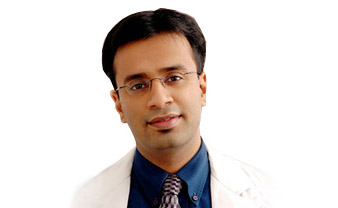

Dr. Debraj Shome is Director and Co founder of The Esthetic Clinics. He has been rated amongst the top surgeons in India by multiple agencies. The Esthetic Clinics patients include many international and national celebrities who prefer to opt for facial cosmetic surgery and facial plastic surgery in Mumbai because The Esthetic Clinics has its headquarters there.
